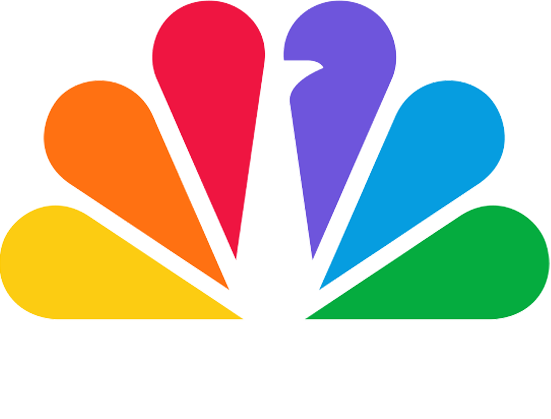WHEN: Today, Tuesday, September 10, 2024
WHERE: CNBC’s “Power Lunch”
Following is the unofficial transcript of a CNBC interview with Bank of America CEO Brian Moynihan on CNBC’s “Power Lunch” (M-F, 2PM-3PM ET) today, Tuesday, September 10. Following is a link to video on CNBC.com: https://www.cnbc.com/video/2024/09/10/bank-of-america-ceo-brian-moyn-the-consumer-is-not-getting-worse-right-now.html.
All references must be sourced to CNBC.
SARA EISEN: Good to see you, Kelly. Thanks very much. And, Brian, thank you for taking the time here at Barclays.
BRIAN MOYNIHAN: It’s great to be here. Good to see you again.
EISEN: So, Kelly was just running through some of the headlines that were moving bank stocks lower coming from this conference, where a lot of executives were warning investors that expectations were too high around the business. What about you? Do you show those sentiments?
MOYNIHAN: Well, I think the, you know, questions of net interest income, we basically confirm that we have $14 billion this quarter and for the fourth quarter it will be higher than that. And that’s the trajectory we set back at earnings, and we stayed with it. From credit, credit’s good in the company. So we are more confirmatory of prior guidance, with two pieces that were kind of interesting. Our trading revenue is sort of — we think it’ll be up low single digits. That’s kind of counter to what we have heard. But our…
EISEN: Yes, Goldman said down 10 percent Q3.
MOYNIHAN: Yes. And our investment banking revenue, I think, will be softer because our mix of business in this quarter won’t be strong but. But Matthew Koder and our team have done a good job of pushing us up to third or fourth position of business, so we’re fine with that. But it’s — we said $1.2 billion versus — which is basically flat to last year.
EISEN: So, on the net interest income question, that’s always been a question mark this whole cycle, and now that the outlook for interest rates has changed so much, how does that impact profitability going forward for you?
MOYNIHAN: Well, it’s $14 billion plus a quarter, and it peaked at $14.8 billion and it went down to 13.9 last quarter, and now it’s coming back off of that. And so it’s a major way we generate value. We take deposits, make loans, and then we have wealth management fees, and we have trading revenue and all kinds of stuff. But it’s a big part of our revenue base. We have $25 billion of revenue a quarter and 14 of it’s NII. And, by the way, it flows through the profitability faster, because, if you — if the way — if you make more margin off the same deposits, it obviously benefits you. You’re not doing any more work in that, so you make — you get the earnings stability in the company.
EISEN: What are your expectations as far as rate cuts from here?
MOYNIHAN: So, our team, Candace Browning-Platt and the research team, which are the best in the business, they now — now have three cuts in the fourth quarter beginning in the September meeting and then each meeting.
EISEN: This year? Yes.
MOYNIHAN: And then a — they ultimately end up at a terminal rate or a terminal short-term rate or the end point 3.5 — 3.25 to 3.5. And so there’s a big debate whether it’s three or four or two or four. And that’s all intriguing. The real question is, somewhere over the next six, eight quarters you will get to the end point. And our team believes that is 3.25, 3.5, which would mean it would be a fundamentally higher interest rate environment than anybody’s been in the business really since 2006 and ‘7. So think of how long that is where the business has really not had that much of a real rate environment, a real nominal rate environment. And so that’s the real thing to pay attention to, not necessarily which happens which quarter, but where we’re going to end up and then how that affects the economy and borrowing and business after that.
EISEN: So you think we should get used to higher rates, ultimately, wherever this ends up?
MOYNIHAN: Right.
EISEN: And what are the implications of that? Do you think the market’s mispricing that?
MOYNIHAN: Well, if the economy is growing and stay on those rates, that’s actually a good thing, because that’s a more normal environment. We can’t have a low-rate structure, you know, it means that the economy isn’t performing, you’re not getting enough inflation. We — I was talking to a former central banker. And he said, why are they trying to cut off inflation? It took us 15 years to try to get inflation back. And we finally get it back. So there’s a debate. So as you move from down towards the level of 2 percent to target, you have to slow down and make sure you stay above it, because you can’t average 2 percent unless you’re above it sometimes, because you know you’re going to go below it. So a higher nominal rate with the right inflation tamed is actually a better place for a big economy like the US to be than a very low rate structure. We learned that lesson in 40 years in Japan.
EISEN: Jamie Dimon today warned that he’s worried about stagflation. It sounds like you don’t agree with that.
MOYNIHAN: No, our team — our research team sort of says no stagflation issue right now. That was because they believe that the underlying economy grows at 2 percent as we move into the end of this year, it bottoms out at 1.5 and kind of comes back to 2. That is all sort of trend growth rates. And they see that with the unemployment 4.2, maybe moves up to 4.4, 4.5, and then kind of trends back down. And what we see is a consumer activity is consistent with a low-growth, low-inflation economy, and has stabilized. And that was important, because it came from a very fast growth rate in ’23, first part versus ’22, slowed down as we came through ’23 as we sort of normalized after COVID. And then — but — and the worry was, it would keep slowing down. And now it’s stabilized about a 4 percent and—
EISEN: Consumer is not getting worse right now?
MOYNIHAN: Consumer is not getting worse right now. They’re very stable.
EISEN: Because Ally Financial this morning at this conference warned that auto and car delinquencies were worse than expected.
MOYNIHAN: We’re seeing them come out where we thought they’d come out. And, basically, delinquencies have gone back to where they were more or less in ’19. Charge-offs have stabilized after that. And, again, people forget that ’19 was a very good credit year for our industry. It was like a 50-year credit low for charge-offs in our company, to give you a sense. That’s how good it was. So we’re only back to around that and — in the consumer side. And consumers have the money in their accounts. They’re spending wisely. They’re employed. They’re getting paid more. Inflation is tough on certain income strata.
EISEN: Yes.
MOYNIHAN: Unemployment has kicked up a little bit. The job market is softer. This is why the Fed has to start to get more accommodative and not — the real drag on the economy, the real rate structure is 200 basis points-plus, and they have got to start to normalize that.
EISEN: Right. But it doesn’t sound like you’re in the growth scare camp.
MOYNIHAN: We don’t see it. I mean, we — literally, for the month of August, our consumers spent 4 percent, 4.5 percent more money than they spent in August of last year, with gas prices providing a benefit of 7 percent or 8 percent year over year.
EISEN: Labor market is softening, isn’t it?
MOYNIHAN: Labor market is softening. This is why the Fed has to start moving, because the labor market has softened.
EISEN: Is it late, the Fed?
MOYNIHAN: We will see. We will see. This will be easier to tell after the fact. I worry that they could be late. The risk is much more to that side of it.
EISEN: Should they do a double to catch up?
MOYNIHAN: Well, our team’s still at 25 basis points. And, again, that’s not the important thing. It’s actually to start doing it, instead of talking about it. And you saw consumer dip as low as 3 percent year-over-year activity in our customer base. So, even though you heard about all the travel, it was interesting, because the prices have come down. The number of units spent, the number of times people spent on a credit card in travel went up, but the dollar volume was actually flattish year over year. And so you’re seeing price pressure come in to the providers bringing prices down to get more volume. And so I think the economy is normalizing. And that level of spending is where it was in ’17, ’18, ’19, when rates have come up. The economy’s grown a couple percent. Inflation was a couple percent.
EISEN: Not that bad.
MOYNIHAN: It’s where it should be. And that — we — our team’s been very consistent. They took the recession off the table six quarters — five, six quarters ago, earlier than most people. But our research team, saw it as saying this thing’s stabilizing. So the danger is, they don’t go — they start — don’t start cutting fast enough. They know it. They’re going to do it. They said they’re going to do it. The question is, now you have to be really attentive to the day-to-day impacts of the economy.
EISEN: Speaking of the Fed, the vice chair, Barr, for supervision came out this morning with the highly anticipated reproposed rules for BASEL III endgame. Are you satisfied with the new rules?
MOYNIHAN: One of the things I hope is that we — that in a great show you all have and all the things you talk about, you quit talking about banking regulation, because this shouldn’t be what people are talking about. There’s more important things.
EISEN: You guys are talking about banking reg. You complained a lot about it the last—
MOYNIHAN: Well, we do because it’s our job. But the reality is, is, so basically our industry is well-capitalized. You heard multiple Fed chairs say that. The vice chair of supervision said that. After the financial crisis, a set of rules, a set of capitalization got it there. The to-do was to basically adopt the international capital standard called BASEL III. And so this was a big debate. And at first, they showed us a set of proposals that would have been, on average, a 20 percent increase in risk-weighted assets, i.e., capital. And now they’re saying they’re cutting that back to about a 9 percent, based on Vice Chair Barr’s comments.
EISEN: Right.
MOYNIHAN: It feels a little bit that old phrase, we will show them death and they will take despair. In the end of the day, we were well-capitalized.
EISEN: You don’t want any of it.
MOYNIHAN: Well, the question is sort of why. And so at Bank of America, we have enough capital. We have enough—
EISEN: To safeguard the financial system?
MOYNIHAN: Well, it’s safe. We have gone through ups and downs and that to COVID and out of COVID and hyperinflation and slowdown in inflation and change in rate structure that’s never been seen before, the failures of a couple of sizable institutions, which happens all the time. It’s happened thousands of times over history. So — but when you think about Europe, the question is, this was a question of the normalizing a capital treatment between us and Europe, when we have a whole different basis with gold plating and stuff. So we will see the rules. We will see the proposal. We will see if it — how it plays out to our company. We don’t know that because it’s not even published. And at the end of the day, we will figure out what it means to us and the rest of the industry will figure out. But when you look at it overall, our industry is actually the envy of the world. And you just had Mr. Draghi put out some papers about the need for Europe to get more productive and have more vibrant capital markets and all this stuff.
EISEN: More competitive, look more like the U.S.
MOYNIHAN: Be more like the U.S. And when you go over, those banks have not been able to sort of recapitalize and earn the money they could. A few of them have done a great job. And they need to get that enthusiasm back in the economy. But it’s not banking. It’s technology. It’s a lot of different things because their economy pre-financial crisis is relatively the same. Ours is almost 1.7 times bigger. And that’s because we took on the task and got, did good things.
EISEN: But you know the political environment. You’re sort of talking around it. That has a lot to do with what’s happening here. I do wonder, with Kamala Harris’ chances—
MOYNIHAN: Right.
EISEN: Increasing of winning or having increased at least since months ago, if you’re — if you’re more willing to accept and embrace these new regulations because it could get worse.
MOYNIHAN: So, when people ask me about politics, I say, our company, the oldest part started in 1784, and that election in 1800 was a tough election. And we weren’t around then. I—
EISEN: I will trust you on that.
MOYNIHAN: The elections go back and forth. And so our job is to run the company through all different environments. And so if you think about it, the new rules coming out at the end of Bush administration, the Obama administration, and Dodd-Frank, and all that stuff, the industry adapts to that. The question, though, is, when do you want to get the balance right between capital requirements, liquidity requirements, and everything, and the real economy? And so when you increase—
EISEN: Right, because that was the warning on the previous rules—
MOYNIHAN: Yes. Right.
EISEN: That it was going to hurt lending, it was going to hurt our economy, it was going to create all these unintended consequences.
MOYNIHAN: And they have made a big adjustment to try to balance that risk/reward and risk — cost and risk—
EISEN: Right.
MOYNIHAN: And the cost of the economy and risk. And we will take a look at. We don’t know what’s in it. We have a speech. We will see it as an industry. And then we will figure out what will go on. But the reality was, it — clearly, the new proposal reduces it a lot, so the beliefs that they had the balance not correct. And the — by the way, that’s the way the vice chair opened the speech, is, we have got to get the balance back and here’s material proposal changes to make that happen.
EISEN: Final question is about costs, and you mentioned technology and innovation and how AI fits in right now for you and for that outlook and whether it is going to be a game changer for a company whose biggest cost is labor.
MOYNIHAN: It already is, in a sense that if you look at — people think of AI as a discrete thing. It’s augmented intelligence. It’s machine learning. It’s digitization. It’s customers doing stuff digitally. So, if you think about it, very simply stated, in 2010, I became CEO. The management team took over and they have done a fantastic job. We had 285,000 people. We went up to 305,000 people. Today, we have 212,000 people. The company is bigger. We do more stuff. We have a lot more customers doing a lot more transactions, whether it’s in markets or banking or consumers or wealth management customers, and yet we have been able to — that’s all through the power of digitization. AI just gives you another level of competence and scale. Our example of that is Erica. It’s that 22 million bank America customers 200 million times a quarter use Erica to answer questions. It’s a virtual assistant powered by AI. And now we have taken that and our employees use it. There’s Erica for employees, which, a lot of the tasks that you might ask about, benefits and role and all that stuff, we have automated it, it’s answering the questions. And then you go to our thing called CashPro, which is our GPS, global payment service, business. Erica’s integrated in that, and so 500,000 units.
EISEN: Yes.
MOYNIHAN: And there are lot less number of customers, but they use it. So we believe strongly that it’s a game changer. What is interesting is, you listen to the big providers of software, they’re embedding it in. So there’s the discrete models. There’s the large language models. But it’s also Salesforce, companies like that, Microsoft are embedding this in their basic software. And that’s what will change. Software will become AI-enabled over time. And that means this—
EISEN: Yes.
MOYNIHAN: As a big purchaser of software and integrator of software, we will be getting benefits all over our company.
EISEN: Well, that’s a whole — it’s a whole, like, hour-long discussion for another day, but it’s interesting to hear your enthusiasm. And thank you so much, Brian, for taking the time here at Barclays—
MOYNIHAN: Thank you.
EISEN: On a lot of hot topics, especially today. Brian Moynihan, CEO of Bank of America, Tyler, making me feel a little bit better actually about the economy after some of the growth scares that we have had lately in the markets.
For more information contact:
Jennifer Dauble
CNBC
t: 201.735.4721
m: 201.615.2787
Stephanie Hirlemann
CNBC
m: 201.397.2838

